The battle between Itaewon and the pandemic
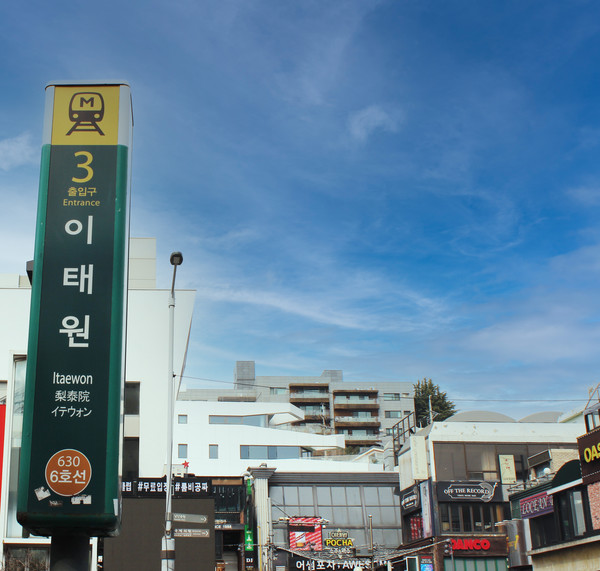
LOUD, CROWDED, and buzzing with life, as a central hub of Korea’s nightlife, Itaewon was once one of the most popular hangouts for both foreigners and locals. After a major COVID-19 outbreak during May last year, businesses in Itaewon suffered heavy losses as people began to steer clear from the area. Now that more than a year has passed since the start of the pandemic, life has started trickling back into Itaewon, giving hope to business owners that the once-booming neighborhood will become profitable once again.
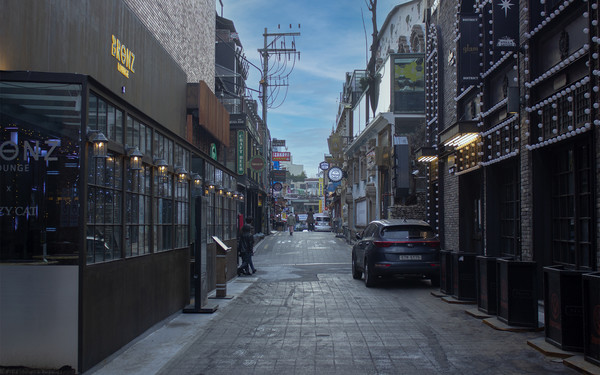
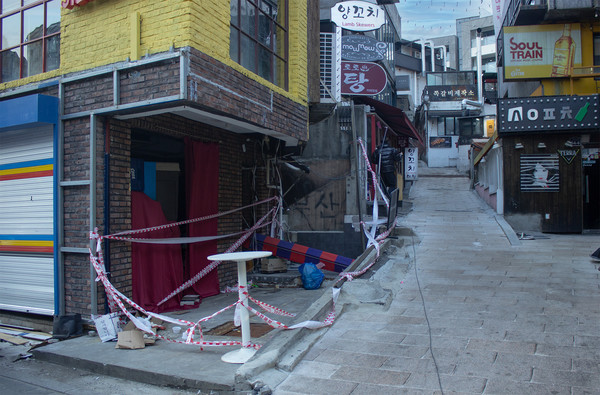
The beginning of a scandal
After finding out the outbreak originated from an LGBTQA+ club, the community was further stigmatized. Those who visited the club—in fear of getting "outed” to their friends and family—refused to come forward and take the necessary precautions to prevent further spread of the virus. Not only did this make identifying the possible carriers of the virus more difficult, but it also increased fear towards those who visited Itaewon. People began to criticize not only the people who went to the nightclubs but also the owners who operated them during a time when social distancing was crucial. Itaewon had become a symbol of danger in Korea.
“Back when the pandemic first started, people still came to Itaewon, although we could tell that people were starting to worry,” said Kim Hwi, a business owner in Itaewon, in an interview with The Yonsei Annals. Kim mentioned, “We made sure to comply with the safety regulations at the time—we provided hand sanitizers and made our customers wear masks as much as possible.”
After the nightclub incident made headlines, however, Itaewon began to take a huge hit. “The very next day after the news, the streets in Itaewon were deserted,” Kim added. “It was a complete ghost town. Only business owners and people in white hazmat suits sanitizing the area were here. I’ve lived in Itaewon for some time, and it was the first time experiencing something like this.” This outbreak was the beginning of a dry spell that severely affected businesses in Itaewon.
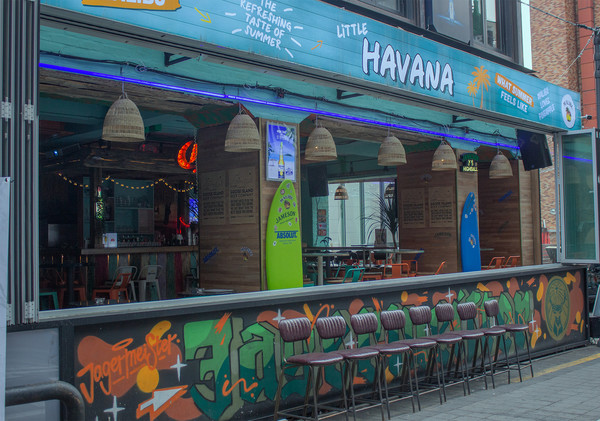
The need for reinvention
Business owners in Itaewon were faced with the choice of either closing or altering the way they operate their business to try and make a profit. “I couldn’t just give up and abandon this place, so I had to rethink my business strategy. I used to open at 6 p.m. and only offer a selection of drinks. Now, I open between 1 p.m. to 3 p.m. and offer a dinner menu. With the limited money I had, I spent as much as I could on remodeling the place to allow it to ventilate well on its own to make customers feel safer. We also comply with all the health regulations that other businesses do—we have a strict ‘no mask, no service’ policy, and take the temperature of all our customers after making them fill out a visitor list in case the unthinkable happens,” explained Kim.
“The new government regulations aren’t the biggest obstacle, surprisingly,” confided Kim. “Of course, having to close at 10 p.m. and keeping more than a meter of distance between customers has forced us to rethink our operating hours and the limited space we have, but the real reason we’re struggling is because of how the media portrayed Itaewon.”
He clarified how, after the initial outbreak at the nightclub, the news kept digging into and highlighting every incident that happened afterward in Itaewon. “It came to the point where anything involving Itaewon was associated with COVID-19. Other neighborhoods have had similar cases too, but nothing makes headlines as much as Itaewon.” For example, Halloween celebrations last year were more subdued than they had been in years. Even so, people who were eager to celebrate came out in costumes, flocking to crowded areas such as Itaewon, Hongdae, and Gangnam. “All the bar and club owners near this area agreed to open during this day, but with increased safety measures. We took a chance, knowing this would be one of the busiest nights we would get in months. But once again, Itaewon was condemned for this. In comparison, other areas got off scot-free.”
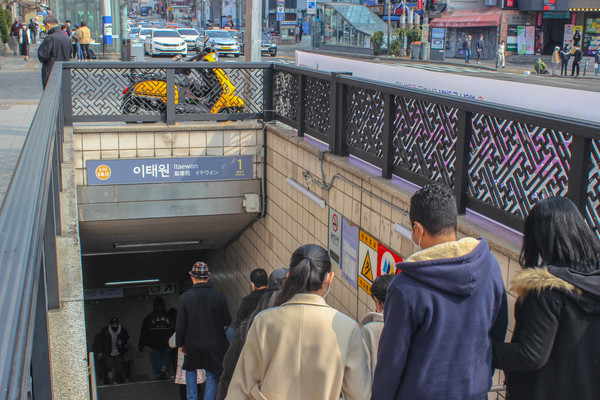
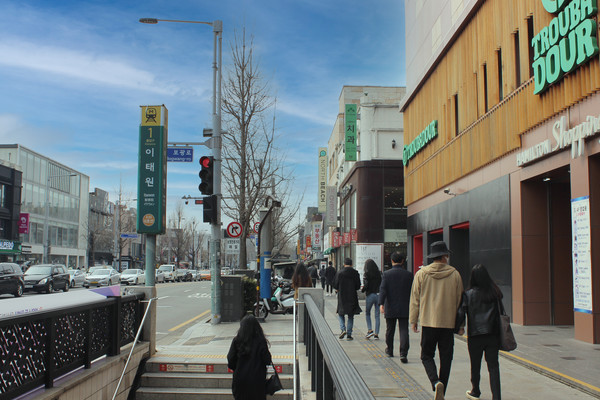
The current situation
Is the situation getting better? In response to this question, Kim struggled to answer. “I’d say yes, but not for us. Restaurants, bars, and other types of entertainment are still struggling, but as you can see, people have started visiting Itaewon again.”
True to his words, the streets of Itaewon that are far from the nightclubs and bars are full of crowds. During the day, people bustle around the neighborhood, either for work or for leisure. At a glance, Itaewon seems like any average place in Seoul. But even the current crowds are nothing like what they used to be. There is still a long way to go for Itaewon to gain back the traffic and reputation that is lost.

